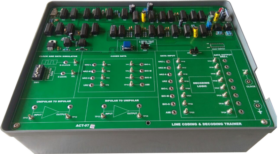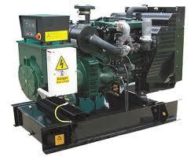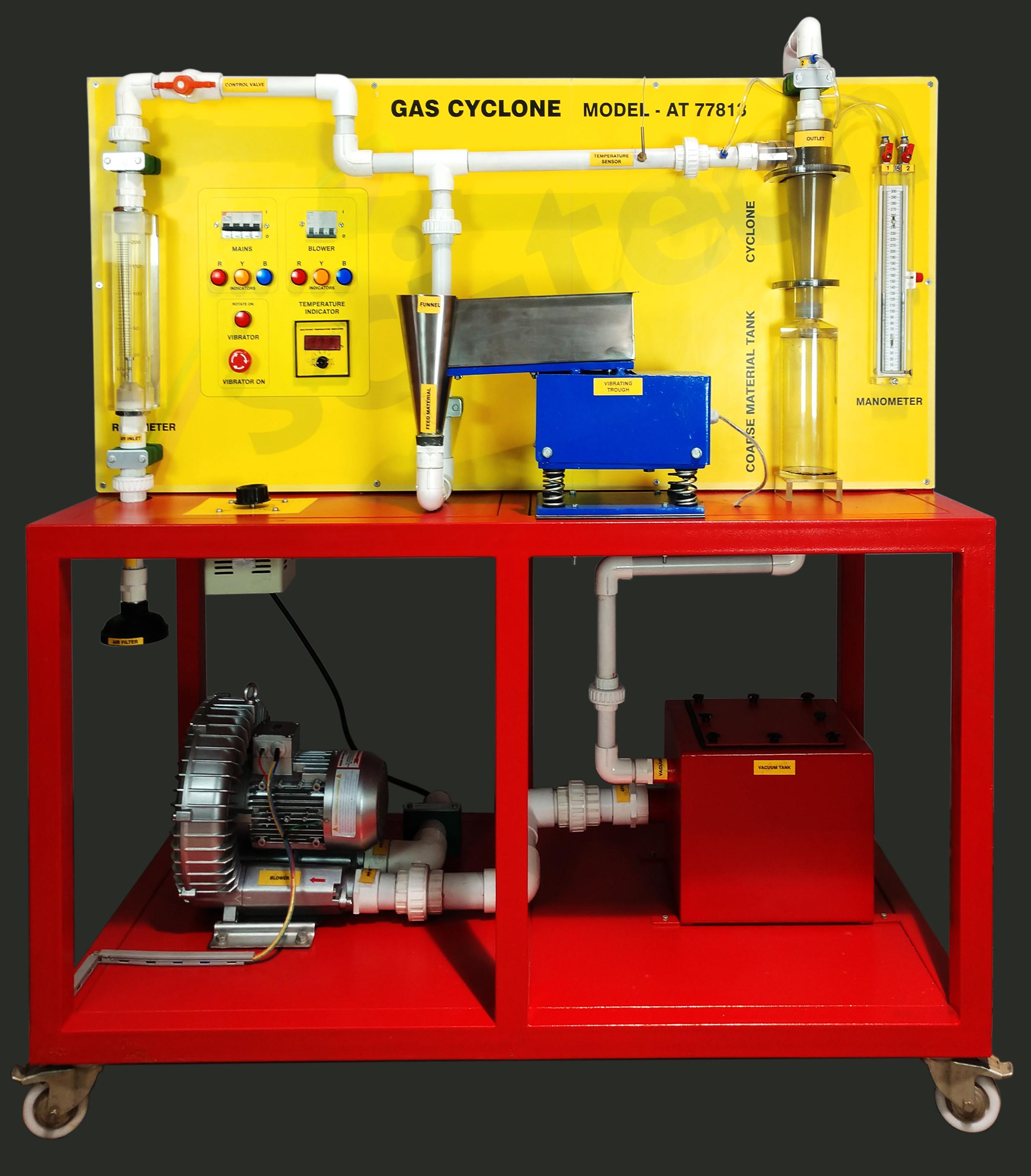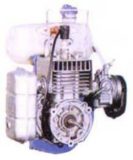Gas Cyclonic Separator Model TH 126
Home » Products » Gas Cyclonic Separator Model TH 126
Gas Cyclonic Separator Model TH 126
– solid separation with a gas cyclone
– transparent cyclone to observe the separation process
– practical experiments on a laboratory scale
Item Description
One area of application of gas cyclones is the pre-filtration of solids from gases. Gas cyclones have no moving parts, and so are low-maintenance systems. Gas cylones can also be used in conjunction with high gas temperatures. For these reasons they are in widespread use.
Sci-tech Gas Cyclonic Separator Model TH 126 is used for Solids Process Engineering and Particle Technology. A disperser is used to disperse the feed material (quartz powder recommended) finely in an air flow. The air flow laden with solid material (raw gas) in this way is fed tangentially into the cyclone at the top. In the cyclone, the air flow moves downwards as a rotating primary vortex. At the bottom of the cyclone the vortex is reversed. In the middle of the cyclone it moves as a secondary vortex back up towards the immersion tube, where the cleaned gas emerges from the cyclone. The main separation process takes place in the primary vortex. Owing to the centrifugal forces and the difference in density between the air and the solid, the coarse solid particles move towards the wall. They slide down the wall and are collected in a tank at the bottom of the cyclone. No complete separation of the entire solid material takes place. The fine particles which are smaller than the separation size are ideally discharged from the immersion tube at the top with the secondary vortex. This fine material is separated out of the air flow by a filter. The separation size defines the theoretical boundary between the fine and coarse material.
Technical Specifications
1. solid separation from gases with a cyclone
2. cyclone with tangential inlet
3. metering of feed material into the air flow with a disperser
4. air flow generation by fan; adjustment by valve
5. tanks for feed material and coarse material
6. 1 filter at air inlet and 1 filter for fine material at air outlet
7. recording of differential pressure, volumetric air flow rate and temperature
Technical Specifications
Cyclone
– height: approx. 250mm
– diameter: approx. 80mm
– immersion tube diameter: approx. 30mm
Fan
– volumetric flow rate: max. 600m3/h
– power consumption: approx. 3600W
Tanks
– feed material: 15mL
– coarse material: 700mL
Measuring ranges
– cyclone differential pressure: 0…100mbar
– volumetric flow rate (air): 10…100m3/h
– temperature: 0…60°C
See also different:

Facility of line coding and channel coding Facility of Transmitting and receiving filter Discrete Input source Facility for 3B-4B, differential, scrambling pre-coding Coding is indicated by LEDs Coding: Manchester, RZ, NRZ, HDB3, CMI, MLT-3, 2 [...]

During the 1990s, turbodiesel engines were mainly used in the United States for light trucks. An example is the Ford Power Stroke engine series, mounted on Ford F-Series Super Duty pickup trucks, the E-series vans and the Excursion sport utili [...]


